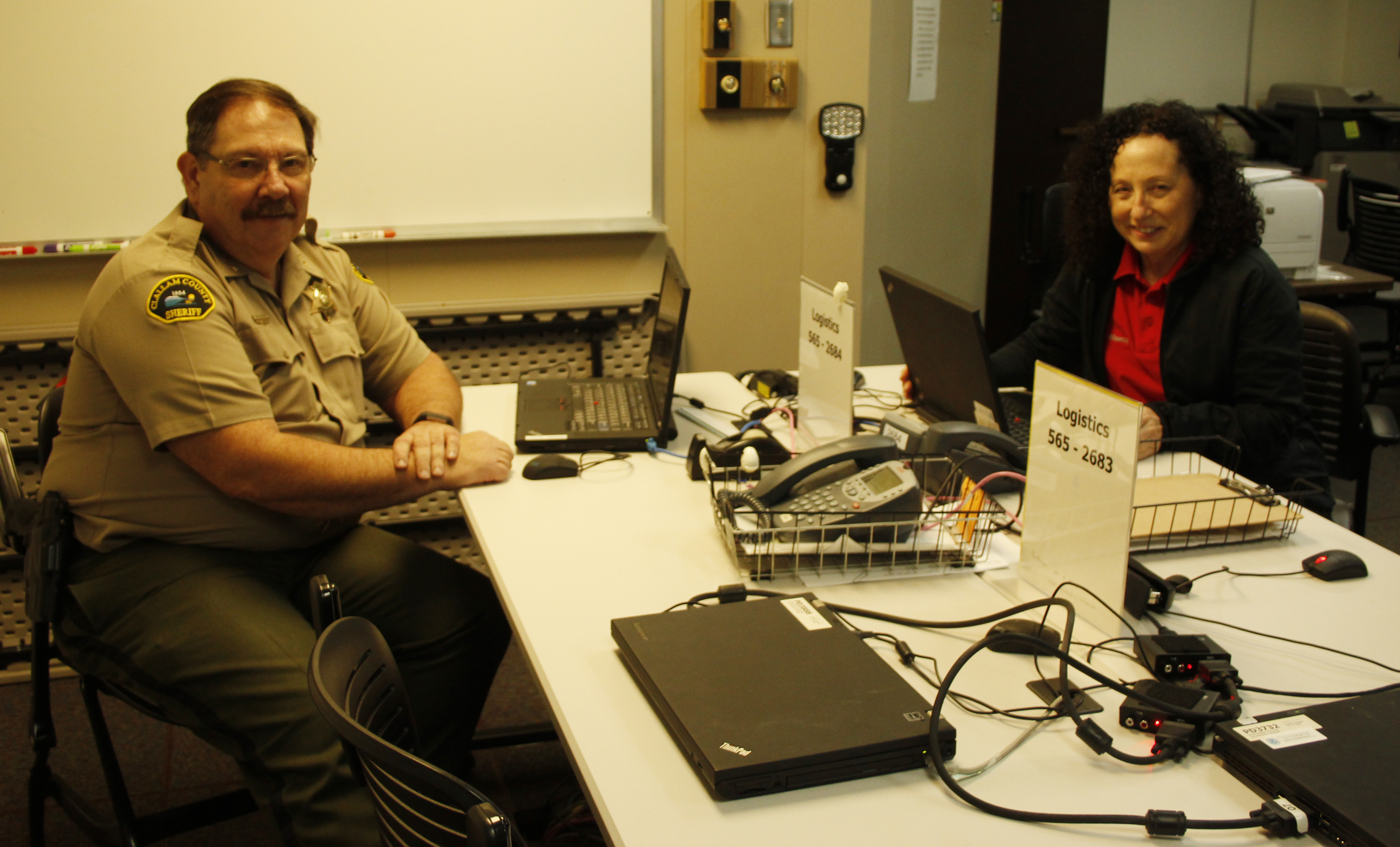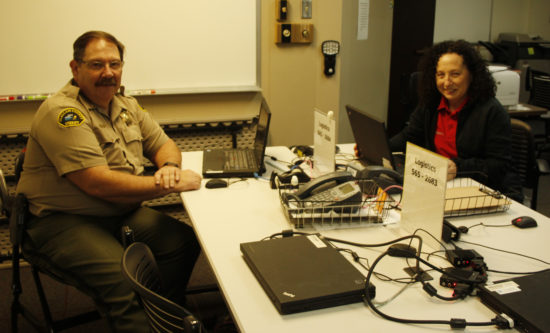

Photo and story by Ryan Fournier.
If an emergency Clallam Alert phone message was sent today, say, for an incoming tsunami, thousands of residents wouldn’t get it.
A magnitude 7.2 earthquake hit near the Alaska coast at 1:32 am, Pacific Standard Time, on Jan. 23.
Phones from Alaska to the US mainland began to ring.
From bed, or wherever they happened to be, emergency responders along North America’s west coast went to work.
“This event was close, and could very well have warranted a complete evacuation under just slightly different circumstances,” said Clallam County Undersheriff and Emergency Manager Ron Cameron.
Had there been signs of danger to Washington communities, warning systems would’ve been activated. In addition to the All Hazard Alert Broadcast, AHAB sirens, there’s the Clallam Alert system for phone and email notifications.
The system can access over 32,000 landlines through a “reverse 9-1-1” function, but can only reach registered cell phones, numbering about 3400.
There are roughly 75,000 people in Clallam County.
Residents can sign up for Clallam Alert in the “Sheriff” section at www.clallam.net
To get cell notifications, subscribers should enable emergency alerts on their phones. Directions to do so are at http://www.clallam.net/emergencymanagement/wea.html
The County is transitioning to a new carrier, which will allow it to apply for the Integrated Public Alert Warning System, IPAWS, which would force an emergency message to every cell phone in a given area, much like an Amber Alert.
The morning of the Alaska quake, government and civilian responders kept watch at the Emergency Operations Center in the basement of the Clallam County Courthouse, until it was clear there was no danger to the region.
It was a trial run for emergency responders, where disaster training and preparations have become commonplace in anticipation of a 9.0 “megathrust” quake along the Cascadia Subduction Zone, and an accompanying tsunami.
The Courthouse, at Fourth and Lincoln in Port Angeles, is not expected to withstand a quake of that size, according to Cameron.
“We are prepared to move our facility,” the undersheriff said. He and Wisecup said there is equipment away from the Courthouse that could be used to coordinate emergency response if the building went down.
Cameron said it would be impossible to know where the Operations Center’s plan B would be, until after the shaking stops.
“I’d like for number two to be the airport,” he said. Cameron pointed out the utility of locating the EOC where emergency supplies were being flown in.
Looking ahead, civilian groups are organizing, and officials are offering training to anyone who’s willing.
“Map Your Neighborhood” classes are offered by the City and County. The classes help neighborhoods gather information about one another’s needs and abilities, and prepare a disaster response plan of their own.
Community Emergency Response Team, CERT, continues to train volunteers for coordinated disaster response as well.
Neighborhoods and individuals interested in training should visit:
http://www.clallam.net/EmergencyManagement/volunteer.html#cert
“The most lives are lost or saved during the ‘golden hour,’” Wisecup said, referring to the first 60 minutes after a disaster strikes.
